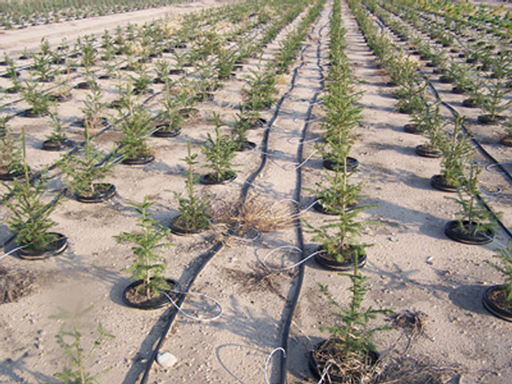12.2.2 Water conservation
Water conservation covers a broad range of activities from using less water at home to national policies to protect freshwater ecosystems. Its purpose is to manage water sustainably by using less or using it more efficiently so that present and future needs of people and the environment can be met.
Freshwater conservation efforts are designed to protect and restore biodiversity in water and wetland ecosystems and the ecosystem services they provide. Ecosystem services are the benefits that people obtain from these systems, such as the provision of drinking water and food. Freshwater ecosystems support 12% of known species, while they account for only 1% of the Earth’s surface (Gleick, 2012). They include rivers, ponds, lakes, marshes, bogs and swamps, but they are becoming increasingly rare. Wetlands are also important carbon sinks but they are often drained to support agriculture or for human settlement.
An example of water conservation in agriculture is the use of drip-feed irrigation, which provides water directly to the soil near the roots of the growing crops (Figure 12.1). It requires a great deal less water than conventional methods of flood or spray irrigation in which much of the water is lost by evaporation. By using less water, the volume taken from rivers is reduced which helps to maintain the river ecosystem.

Other examples of water conservation from agriculture include changing the variety of crop that is grown to those that require less water and are more drought-resistant. Changing techniques for planting can also reduce water use, for example, creating a small hollow around the stem of a plant can ensure that water seeps into the ground close to the roots rather than running off over the surface.
12.2.1 Adaptation measures
